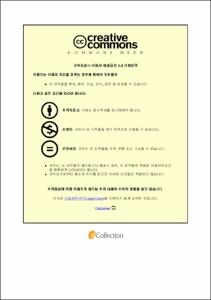Synthesis and Electrochemical Performance of Lithium Vanadium Sulfate-based Polyanionic Compound for Cathode Materials Li-ion Battery
- Abstract
- The development of polyanionic compound Li−ion batteries (LIBs) is rapidly growing to support green sustainable energy especially for electric vehicles (EVs). In this work, a double sulfate LiV(SO4)2 material has been successfully synthesized, having high discharge potential and excellent stability. Our investigation shows that LiV(SO4)2 has a crystal structure of trigonal rhombohedral which provides a two−dimensional framework parallel with ab−plane for Li−ion accommodation. LiV(SO4)2 was synthesized by Li2SO4, (NH4)2SO4, V2O5, and H2C2O4·2H2O as raw material. This material was synthesized by the water−based solution method at low temperature. Sintering temperature 350 ℃, sintering time 1 h, and an additional 50% wt. excess oxalic acid dihydrate was obtained as an optimum condition for synthesis in inert argon gas atmosphere. Electrochemical performance of LiV(SO4)2 as cathode material shows ⁓60% of lithium ions are extractable with 107 mA g-1 rate in ambient condition through potential range 1.0 V – 4.8 V for 50 cycles. The potential of discharge was observed at 3.9 V vs. Li+/Li in the 2016 type coin cell. Infrared spectroscopy and SEM−EDX were conducted. The charge-discharge phenomenon of this material was proposed as a pseudocapacitive mechanism related to the structure and cyclic voltammetry measurement. This discovery may lead to the potential base material to obtain a higher stoichiometric composition by accomodating more than one Li−ion, which will be valuable for the next high power density rechargeable battery generation.
- Issued Date
- 2021
- Awarded Date
- 2021-02
- Type
- Dissertation
- Alternative Author(s)
- Reyhan Puji Putranto
- Affiliation
- 울산대학교
- Department
- 일반대학원 화학과
- Advisor
- Professor Youngil Lee
- Degree
- Master
- Publisher
- 울산대학교 일반대학원 화학과
- Language
- eng
- Rights
- 울산대학교 논문은 저작권에 의해 보호받습니다.
- Appears in Collections:
- Chemistry > 1. Theses (Master)
- 파일 목록
-
-
Download
 200000371451.pdf
기타 데이터 / 4.72 MB / Adobe PDF
200000371451.pdf
기타 데이터 / 4.72 MB / Adobe PDF
-
Items in Repository are protected by copyright, with all rights reserved, unless otherwise indicated.